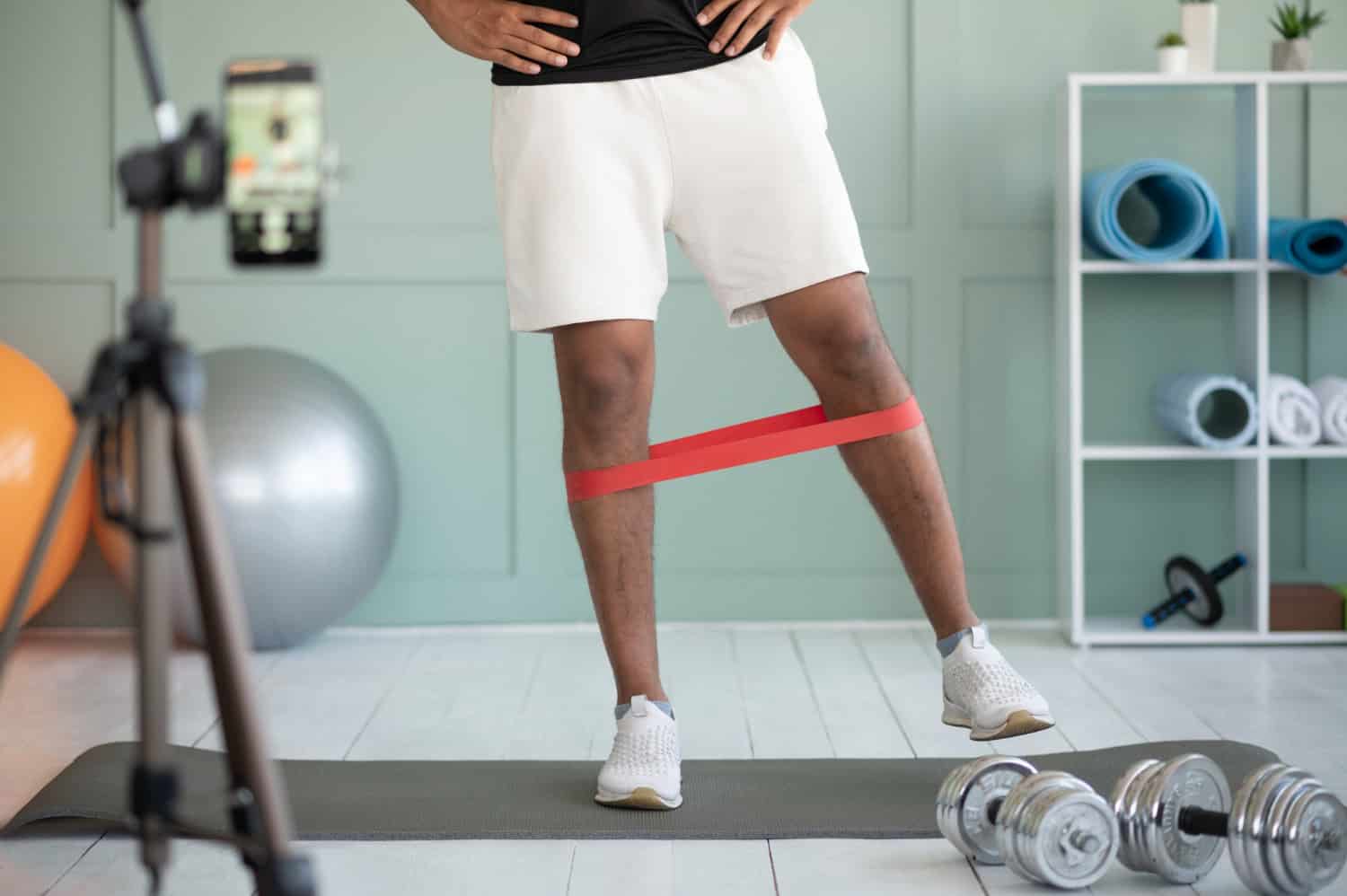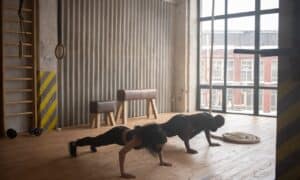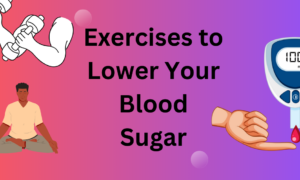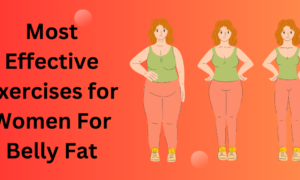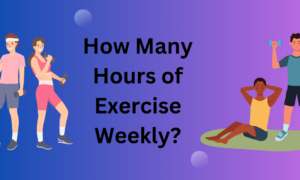Functional fitness isn’t just a trend—it’s a practical approach to movement that helps you live, work, and play better. Instead of focusing on isolated muscles, functional training emphasizes natural movements that you do in everyday life. Think bending, lifting, pushing, pulling, twisting, and reaching. When your workouts mimic these real-life actions, you improve your coordination, strength, and balance all at once.
Three of the top tools for accomplishing this are kettlebells, resistance bands, and your own body weight. These instruments are simple, versatile, and remarkably powerful. Regardless of whether you’re a beginner in fitness or a seasoned athlete, they offer a reliable base for home gym workouts without being too expensive or occupying excessive space.
Let’s explore how each of these tools can elevate your functional fitness journey.
Why Functional Fitness Matters
Before diving into the tools, it’s important to understand why functional fitness is worth your attention. Unlike traditional gym routines that often isolate muscles, functional fitness is about integrating your body’s movements. The goal is not just to get stronger but to move better.
Injuries that happen during everyday activities like carrying groceries, climbing stairs, or playing with your children can be avoided with functional training. It is also recognized to enhance mobility, stability, and posture. You will discover that you can carry out everyday tasks with greater control and less effort if you train consistently.
Incorporating functional training into your routine doesn’t require fancy equipment. In fact, kettlebell workout routines, resistance band training, and bodyweight exercises are among the most efficient ways to build functional strength at home.
The Power of Kettlebells
Kettlebells have been around for centuries, but they’ve surged in popularity due to their unmatched ability to deliver strength, cardio, and functional movement all in one. A kettlebell workout targets multiple muscle groups simultaneously, which is ideal for improving coordination and balance.
Kettlebells come in various weights and sizes, making them suitable for beginners and seasoned lifters alike. Their off-center weight distribution challenges your stabilizer muscles, mimicking real-life movements more closely than traditional dumbbells.
Building Strength with Kettlebells
One of the best things about kettlebells is their ability to develop full-body strength through dynamic movements. Swings, cleans, snatches, and Turkish get-ups are just a few exercises that engage the entire body. These movements not only build muscle but also improve your cardiovascular endurance.
Since numerous kettlebell moves require core stabilization, they are fantastic for enhancing trunk strength and preventing back discomfort. For instance, in a kettlebell swing, your glutes, hamstrings, and core collaborate, producing a strong posterior chain exercise.
Functional Movements in a Kettlebell Workout
A good kettlebell workout mimics real-life actions like picking up bags, lifting a child, or moving furniture. Exercises like kettlebell carries and single-arm presses challenge your grip, shoulders, and core—all while forcing you to maintain balance and control.
These functional patterns make kettlebells one of the most effective strength equipment options for home gym fitness enthusiasts who want to move better, not just lift more.
Kettlebells and Home Gym Fitness
Kettlebells are compact and don’t require much storage, making them perfect for your home setup. With just one or two kettlebells, you can design a complete workout routine that hits every major muscle group. From quick circuits to focused strength sessions, kettlebells offer variety and intensity without the need for a gym membership.

Resistance Bands: Small Tool, Big Impact
Don’t undervalue resistance bands due to their seemingly light design. These elastic bands provide an unexpectedly efficient method to enhance strength and boost mobility. Resistance band workouts are gentle on the body, making them perfect for individuals of any age and fitness ability.
One of the greatest benefits of resistance bands is their portability. You can use them at home, at the park, or even while traveling. They provide constant tension throughout movements, which helps activate muscles more effectively than some traditional weights.
Full-Body Strength with Resistance Band Training
Resistance bands can be used to work nearly every muscle group. From rows and chest presses to squats and lateral walks, resistance band training strengthens both large muscle groups and smaller stabilizers. They’re especially useful for targeting the shoulders, hips, and glutes.
Since bands come in varying levels of resistance, you can easily adjust your workout intensity. Whether you’re doing rehab exercises or intense strength training, there’s a resistance band for you.
Improving Mobility and Flexibility
Aside from strength, resistance band training is excellent for mobility. Stretching with resistance bands can increase your range of motion and improve flexibility, which is essential for functional movement. This makes them a great warm-up or cool-down tool, as well as a supplement to strength training.
Resistance bands also promote joint health by encouraging smoother, more controlled movements. They reduce the risk of overloading joints, making them a smart addition to any injury prevention routine.
Resistance Bands and Home Gym Fitness
Resistance bands occupy almost no space and are very inexpensive. For those creating a home gym workout regimen, they provide a practical, space-efficient option. By utilizing a few bands and a small area on the floor, you can engage in countless exercises that help achieve your functional fitness objectives.
Bodyweight Exercises: The Foundation of Functional Training
Your body is one of the most powerful tools for fitness. Bodyweight exercises are accessible, versatile, and can be performed anywhere. You don’t need fancy gear or a gym membership—just enough space to move.
When done correctly, bodyweight exercises improve strength, balance, flexibility, and endurance. They teach you how to control your movements, making them the perfect foundation for any functional training program.
Building Strength and Control
Classic movements like push-ups, squats, lunges, and planks are more than just beginner exercises. They develop true strength and movement control when performed with proper form and increasing difficulty. For example, progressing from a standard push-up to a decline push-up or one-arm variation significantly boosts your upper body strength.
Bodyweight exercises also allow for natural progression. You can make them harder by increasing reps, changing angles, or adding explosive elements like jumps.
Core Stability and Balance
A robust core is essential for functional fitness, and bodyweight workouts effectively enhance core stability. Planks, mountain climbers, and V-ups all strengthen your core to support your spine while moving.
Balance-focused exercises like single-leg squats or bird-dogs improve coordination and proprioception, which is your body’s awareness of its position in space. These skills are vital for preventing falls and improving everyday function.
Bodyweight Training for Home Gym Fitness
Because they require no equipment, bodyweight exercises are the ultimate go-to for home gym fitness. Whether you’re doing a quick 15-minute circuit or a full workout session, you can get an effective workout with zero gear. Plus, they’re easily customizable to fit your fitness level and goals.
Combining All Three for Maximum Results
While each of these tools—kettlebells, resistance bands, and bodyweight—can stand on its own, combining them creates a well-rounded functional fitness routine. Each brings something unique to the table, and together, they complement each other beautifully.
You could begin your session with bodyweight mobility exercises, proceed to kettlebell strength workouts, and conclude with resistance band routines for targeted muscle training. This variety not only keeps things interesting but also guarantees that you’re exercising your body in various manners.
A smart combination of these tools supports full-body strength, flexibility, endurance, and injury prevention—all without needing expensive or bulky strength equipment.
Creating Your Functional Fitness Routine
Designing a routine using these tools is easier than you might think. Start by setting clear goals—do you want to build strength, improve mobility, or increase endurance? Then choose exercises that support those goals.
A simple three-day-a-week plan might look like this:
Day 1: Kettlebell Focus
- Kettlebell swings, goblet squats, one-arm presses
- Bodyweight core work (planks, mountain climbers)
Day 2: Resistance Band Training
- Band rows, chest presses, lateral walks
- Stretching and mobility work
Day 3: Bodyweight Circuit
- Push-ups, lunges, squats, V-ups
- Short intervals or EMOM (Every Minute On the Minute) style workout
Mix and match as you go along. Keep your sessions short, focused, and consistent.
Advantages of Using Minimal Strength Equipment
There’s a liberating aspect to streamlining your exercise regimen. You don’t require a space filled with equipment to become strong and functional. Basic gear—such as kettlebells, resistance bands, and your own body—provides everything necessary for a thorough workout.
These tools support natural movements, are easy to store, and are cost-effective. They also force you to engage your core, improve posture, and enhance coordination—all of which are key goals in functional training.
Compared to bulky gym machines, they offer a more dynamic way to train. You’re not just pushing weight—you’re moving with purpose.
The Mental Benefits of Functional Fitness
Although the physical advantages are evident, functional fitness additionally promotes mental health. Exercise overall lessens stress and enhances mood, while functional workouts take it a step further. They link the body and mind by testing balance, coordination, and concentration.
Learning a new kettlebell workout or mastering a resistance band routine requires attention and discipline. As you progress, you’ll notice improved confidence and better awareness of your body in daily life.
And because these workouts are efficient and accessible, they help you stay consistent—which is one of the most important elements of long-term fitness success.
Functional Fitness for All Ages
One of the best aspects of functional training is that it’s adaptable for every age group. Younger adults can use kettlebells for power training, while older adults might focus on resistance band training for mobility and stability.
Bodyweight exercises are also adjustable. Whether it’s a basic wall push-up for beginners or a plyometric jump squat for athletes, there’s a variation for everyone.
As we grow older, preserving muscle mass, balance, and flexibility becomes increasingly essential. Functional fitness aids in achieving these objectives safely and sustainably.
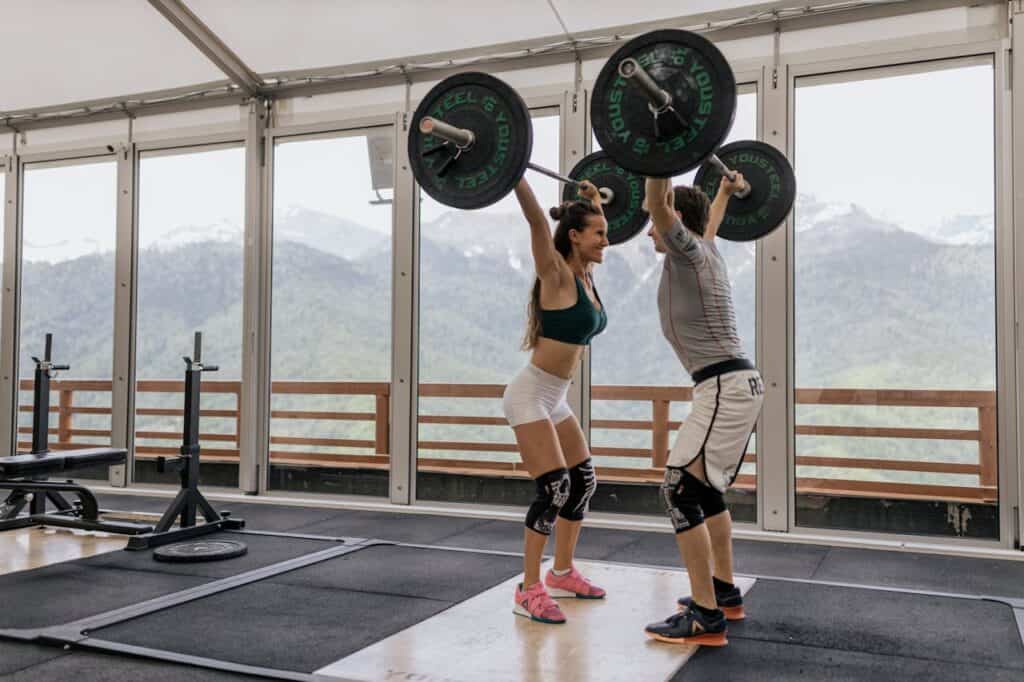
Setting Up a Simple Home Gym for Functional Fitness
You don’t need a fancy gym to get started. All it takes is a few key pieces:
- One or two kettlebells of different weights
- A set of resistance bands with handles and loop styles
- A yoga mat or padded surface for bodyweight exercises
That’s it. With these three components, you’ve got a full home gym fitness setup that supports strength, mobility, and cardiovascular health.
The key is consistency. Show up a few times a week, focus on quality over quantity, and you’ll build a stronger, more capable body over time.
Keep It Functional and Fun
Functional fitness goes beyond mere repetitions and sets; it’s focused on enhancing your movement, well-being, and lifestyle. Kettlebell exercises, resistance band workouts, and bodyweight routines are both efficient and fun. They test you in ways that reflect reality and assist you in building resilience along the journey. You don’t require intricate equipment or busy fitness centers. By using a handful of tools and some commitment, you can establish a solid base in your own home. Whether you’re a beginner in fitness or seeking to move beyond the treadmill, functional training provides a more intelligent, engaging way to progress.
So grab a kettlebell, loop a band, or hit the floor—your journey to better movement starts now.

